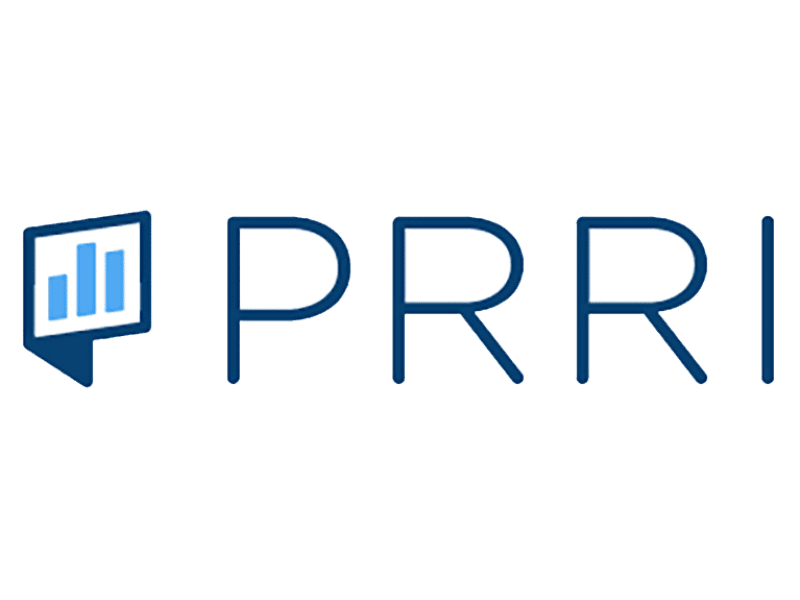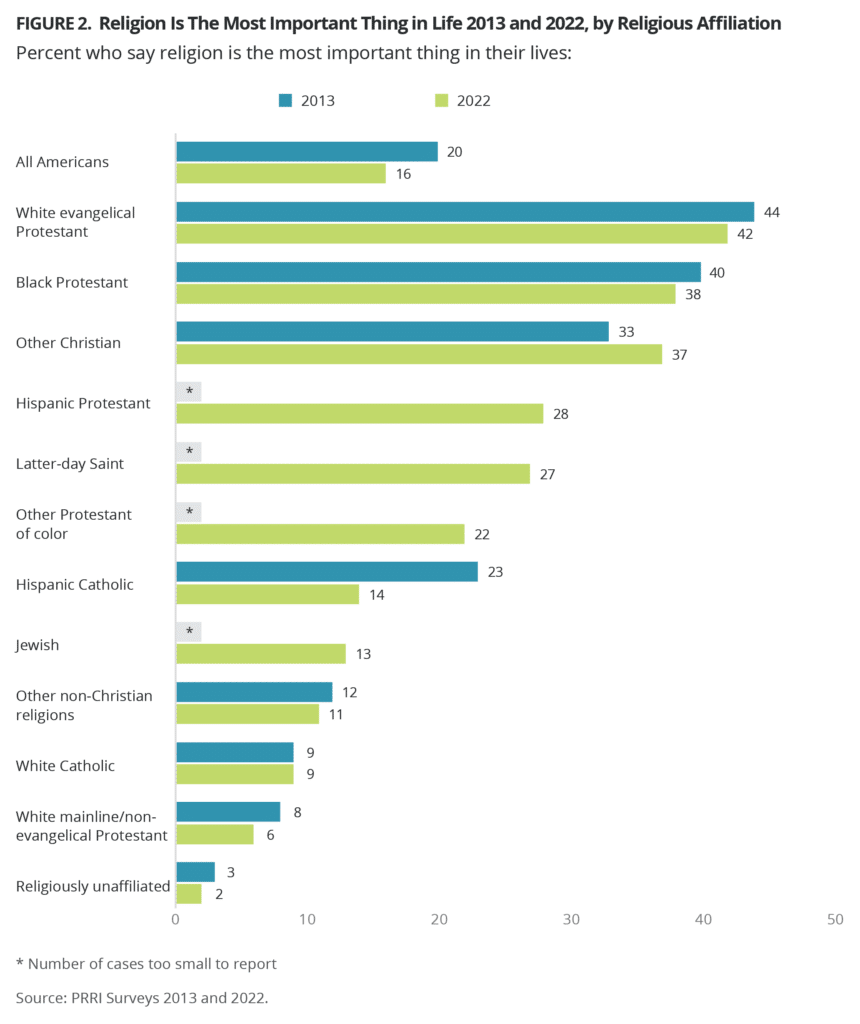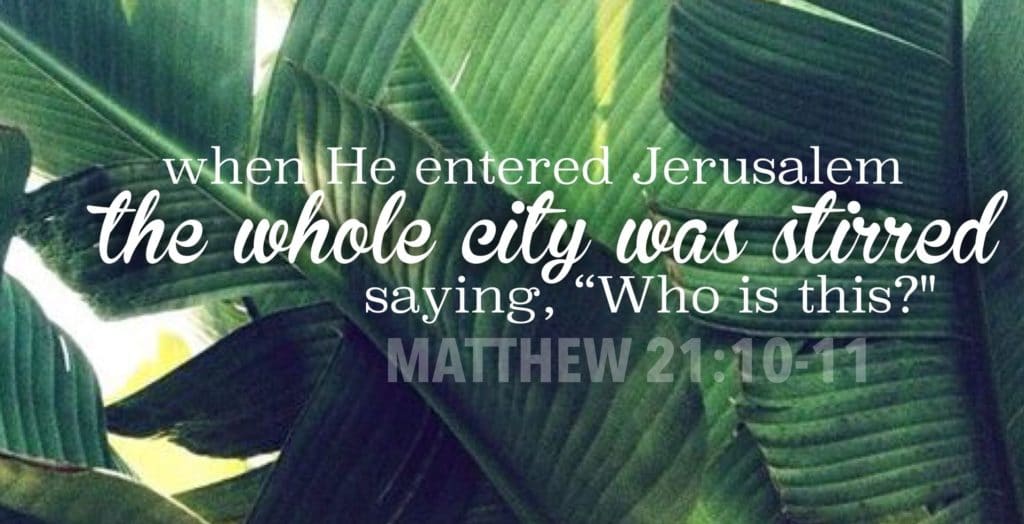The Diversifying American Religious Landscape

This article, “The Diversifying American Religious Landscape”, summarizes the first section of a recent report by the PRRI’s 2022 American Values Atlas titled “Religion and Congregations in a Time of Social and Political Upheaval” (you can access the full report here https://www.prri.org/research/religion-and-congregations-in-a-time-of-social-and-political-upheaval/) This report reveals intriguing insights into the evolving religious landscape of the United States. While Christianity remains the predominant religion in America, the study highlights significant shifts in religious affiliation, levels of importance assigned to religion, and patterns of religious participation among different demographic groups. I will be breaking this rather large study down into four or five summary articles and posting them on Church Encourager. This article summarizes the first section of the report’s key findings, shedding light on the changing dynamics of the American religious landscape.
Religious Affiliation:
The report shows that white Christians still comprise the largest religious group in the country, constituting 42% of the adult population. However, this proportion has remained relatively stable since 2018, following a decline from 72% in 1990 and 54% in 2006. Among the white Christian population, white evangelical Protestants, white mainline/non-evangelical Protestants, and white Catholics have experienced a gradual decrease in numbers over the past decade. Additionally, the report highlights the presence of Christians of color, who comprise 25% of the population, with little change observed in recent years.

Religiously Unaffiliated:
One of the notable shifts in American religious demographics is the rise in the proportion of religiously unaffiliated individuals, now standing at 27%, up from 16% in 2006. This group includes those who do not identify with any specific religious tradition. The increase in religious non-affiliation indicates a growing trend of Americans distancing themselves from organized religion.
Multi-Religious Identity:
Approximately 19% of Americans identify as followers of multiple religious teachings or practices, reflecting a significant minority who embrace a multi-religious identity. Adherents of non-Christian religions, Hispanic Catholics, and white mainline/non-evangelical Protestants are more likely to follow teachings from multiple religions, while white evangelical Protestants and Protestants of color are less likely to do so.
Importance of Religion:
The report highlights a decline in the perceived importance of religion in Americans’ lives over the past decade. Currently, only 16% of Americans consider religion as the most important thing in their lives, compared to 20% in 2013. The majority (36%) view religion as one among many important things, while 29% state that religion is not important to them. White evangelical Protestants, Black Protestants, and other Christians are more likely to prioritize religion, while Catholics, white mainline/non-evangelical Protestants, and the religiously unaffiliated tend to assign less importance to religious beliefs and practices.

Religious Attendance and Participation:
The study reveals that religious attendance has declined recently, potentially influenced by the COVID-19 pandemic. In 2022, 43% of Americans reported attending religious services a few times a year or more, compared to higher figures in 2019 and 2013. White evangelical Protestants and Latter-day Saints exhibit the highest attendance rates, while other Christian groups and non-Christian religious affiliations demonstrate varying levels of participation. Moreover, prayer, participation in religious events other than worship services, and engagement with religious leaders are activities that differ among religious groups, with Latter-day Saints and certain Protestant denominations demonstrating higher participation rates.

Civic and Political Participation:
The report also examines the civic and political engagement of Americans. It shows that one-third of the population signed petitions, while a significant portion engaged in activities such as commenting about politics, contacting government officials, serving on committees, or displaying political support through signs or bumper stickers. Church attendance is associated with increased civic involvement, with churchgoers more likely to participate in various activities than non-churchgoers. Furthermore, the study highlights racial disparities in civic participation, with white Americans generally exhibiting higher rates of engagement compared to Black and Hispanic Americans.

The PRRI’s 2022 American Values Atlas report provides a comprehensive analysis of the diversifying religious landscape in the United States. The findings highlight the ongoing decline of white Christian majorities, the rise of religious non-affiliation, and the importance of religion in Americans’ lives. Additionally, variations in religious attendance, multi-religious identity, and civic engagement shed light on the complex relationship between religion, identity, and public participation. As America continues to undergo religious transformation, these insights contribute to a better understanding of the changing dynamics within the American religious landscape.
Steve Lawes is a Church Consultant and also provides coaching for pastors, churches, ministries and church planters.


